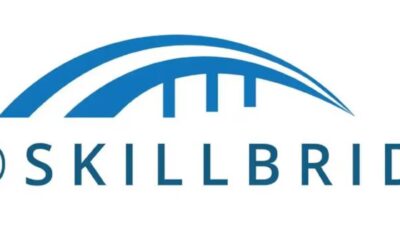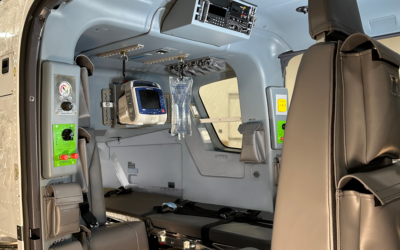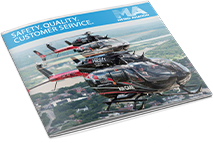January 13, 2015
Automatic Dependent Surveillance – Broadcast or ADS-B is a hot topic in the aviation industry. Operators have been diligently working to equip their fleets with the required equipment to meet the FAA’s 2020 deadline, and Metro Aviation recently made the requirement a possibility for AS350B3 operators.
“Metro had the opportunity to obtain the ADS-B STC in conjunction with a fleet order of AS350B3’s. Not only will future aircraft installations benefit from the STC, but we will be able to retrofit older aircraft more easily,” said Metro’s Managing Director Milton Geltz.
GPS coordinates reported by ADS-B are more accurate and consistent than current radar positions, and the system is easier and more cost effective to deploy than traditional ground radar. The FAA is mandating ADS-B Out in all US airspace where transponders are currently required. If all aircraft were equipped, the IFR environment could accommodate closer aircraft spacing as well as capacity improvements in high-traffic areas due to more accurate position reporting for air traffic control and airborne aircraft.
The FAA has also mandated all air ambulances to have a Helicopter Terrain Awareness and Warning System (HTAWS) on board by 2017. Metro now holds the STC for installing HTAWS on the AS350B3 to ensure completion customers can meet the proposed deadline with the correct equipment. HTAWS is a significant safety measure for today’s aircraft and Metro’s diligence and persistence in getting installation approval for the AS350B3 is another example of the company’s steadfast dedication to safety. “As with the ADS-B requirement for the entire US aviation community, Metro was able to run a parallel program on the HTAWS,” added Geltz. “While the industry has been installing various Terrain Warning Systems, some which include the exact same equipment under Field approval, the FAA Rule requires all installations to meet STC/TSO criteria.”
As a leader in the aviation industry, Metro is constantly on the forefront of proposed rules and regulations. Metro began equipping its operational fleet with the North Flight Data Systems flight data monitoring equipment in 2009, ahead of the FAA’s requirement for the equipment to be installed on all Helicopter Emergency Medical Services aircraft, and was the first to equip its entire fleet with Night Vision Goggles.
The FAA’s final rule for the air ambulance sector comes five years after the National Transportation Safety Board (NTSB) highlighted the industry’s accident rate. The final ruling addresses most of the NTSB’s safety recommendations for air ambulances.
Stay Updated with Metro
Metro Achieves AS9100 Certification
Metro Achieves AS9100 Certification APRIL 23, 2025 Metro is proud to announce that it has officially achieved AS9100 certification, marking a significant milestone in the company’s ongoing commitment to quality, safety, and continuous improvement in the aviation...
Metro Officially Recognized as a DoD SkillBridge Employer
Metro OFFICIALLY RECOGNIZED AS A DOD SKILLBRIDGE EMPLOYER APRIL 17, 2025 Metro Aviation proudly recognizes the talent, discipline, and strong work ethic that military members bring to its organization. With over 40% of its workforce made up of Veterans, the company...
Metro Aviation Unveils Upgraded H135 Air Medical Interior
Metro Unveils Upgraded H135 Air Medical Interior March 12, 2025 Metro Aviation is introducing its latest air medical interior for the H135, featuring notable upgrades while retaining popular elements from the previous design. “We developed this interior based on...





